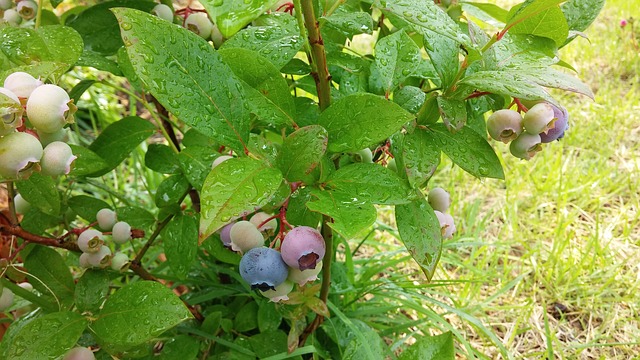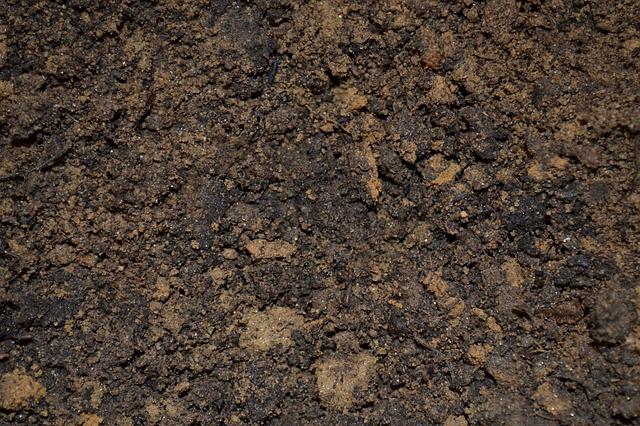Do Blueberries Need Acidic Soil?

Soil acidity is necessary for blueberry production. Michigan State University Extension says that soil pH should be between 4.55 and 5.5. Most plants prefer neutral soils (pH 6.5 to 7), but blueberries do not thrive. Instead, if they grow, the plants will be yellow and stunted in appearance.
Table of Contents
Do a Soil Analysis
Before deciding whether or not to plant blueberries, conduct a soil test. If you’re looking for a more accurate laboratory test, university extension services can provide it for a small fee. Blueberries prefer a pH range of 4.5 to 5.5 in their growing environment. Congratulations if your soil falls within that range! You won’t have to make any changes right away.
Alkaline soil is unsuitable for growing blueberries, so if your soil’s pH is higher than 5.5, you’ll have to add some acid. Planting berries in containers may be better if your soil’s pH falls within the 7 to 8.
What Can I Do To Make My Soil More Acidic for the My Optimum Growth of Blueberries?
Unfortunately, most solutions only work for a short period, as the soil’s acidity returns quickly. The best way to ensure consistent, strong growth year after year is to create a long-term, self-sustaining acidic compost for blueberries. This option, though ideal, requires some planning.
This means that if you have soil that isn’t naturally acidic, many of the measures you take to improve it may not be long-term and need to be repeated.
Blueberries require acidic compost that a self-sustaining soil ecosystem can produce. You’ll need a long-term strategy to get the most out of this.
Setting up a self-sustaining blueberry composting system
A soil food web that produces suitable soil and acidic compost for blueberry production requires four stages.
Step 1: Create and Maintain Soil Acidity Levels
Organic soil sulfur can be used to create and maintain soil acidity. To quickly raise your soil’s acidity to the ideal levels for growing blueberries, use water-soluble soil sulfur.
It is not uncommon to recommend amending your soil with aluminum sulfate. You can use this to lower the pH level of your soil, but the salt content in it could have a negative impact on the overall quality of your soil.
Step 2: Soil Environment Foundations
Adding sulfur to the soil would only have a short-term effect on the pH level. Organic material must be added to the soil to keep pH and nutrient levels at optimal levels for the cultivation of blueberries. This can be accomplished by amending the soil with acidic compost.
Cover crops like rye and buckwheat can add organic compost to the soil throughout several seasons. As the organic material decomposes, it will turn into acidic compost to nourish the soil.
Step 3: Soil Lifecycle Enhancement
As a result of this process, the soil will become much alive. As a result, more beneficial bacteria are generated in the soil, allowing them to penetrate deeper into the earth.
The foundations for healthy soil are protozoa, beneficial fungi, and good nematodes provided by acidic compost.
Step 4: Set Off the cycle
Now it’s up to nature to do its thing. A self-sustaining cycle will begin when all of these elements are present. The fungi eat the bacteria, which are the most basic life forms in the soil. Protozoa then gobble them up. Finally, the nematodes eat the fungi and protozoa, forming a soil food web.
A good indicator of good soil is the presence of earthworms, which are attracted to and eat the beneficial nematodes in your garden.
Rather than a season-to-season solution, these methods produce a long-term solution that benefits your soil life in return.
Keeping blueberry-friendly compost on hand
Despite the extra time and effort required, you can ensure that your blueberries will grow year after year by creating a self-sustaining soil food web that provides a constant supply of nutrient-rich acidic compost for the blueberries to thrive in.
If you notice a drop in acidity, reintroduce acidic compost around the blueberries to get the cycle going again.

